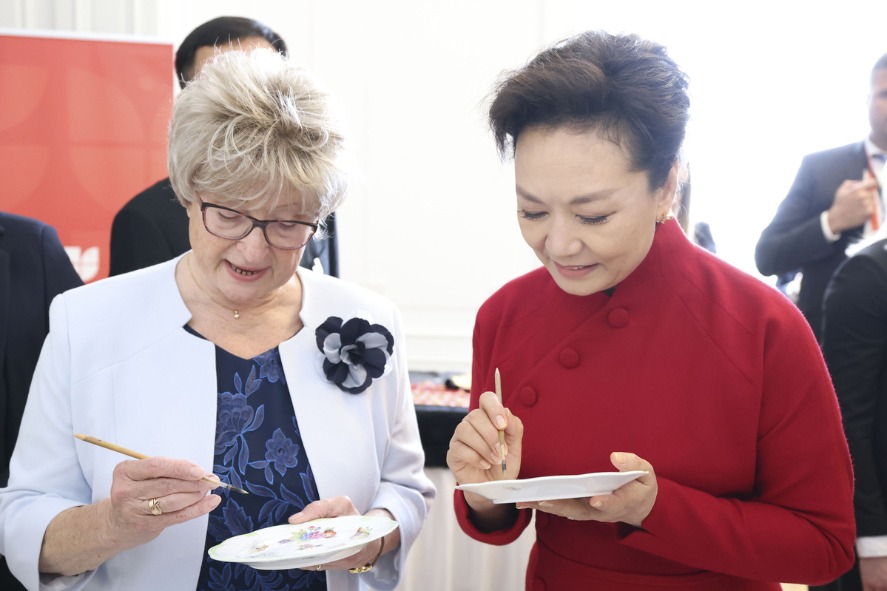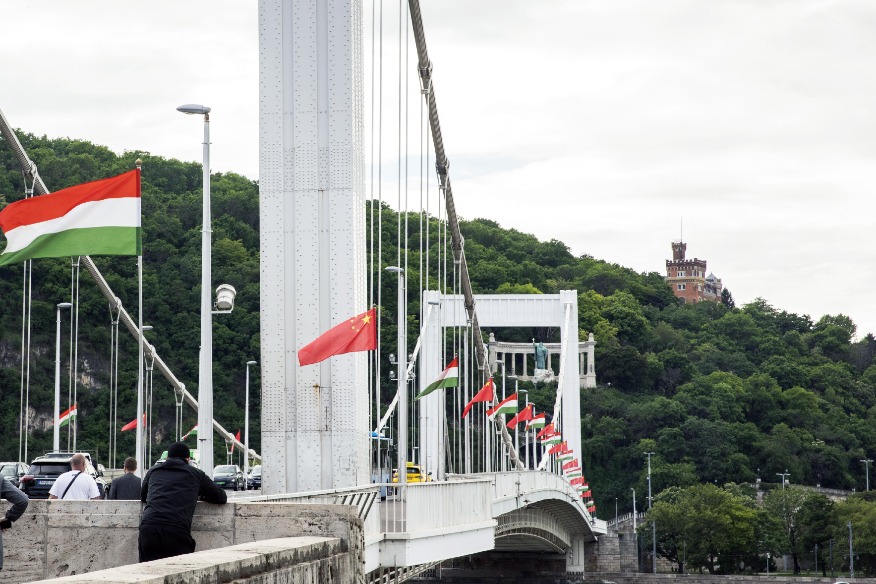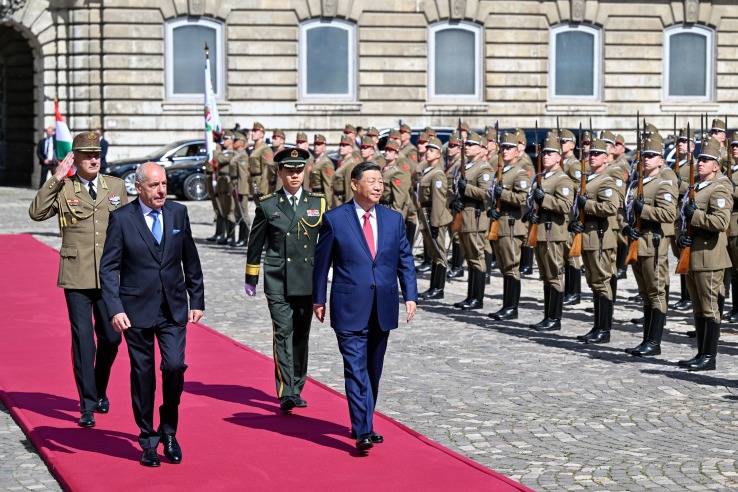Chief engineer of mega bridge honored
Nation's construction capabilities make project plans come true, Su Quanke says
By YAN DONGJIE | China Daily | Updated: 2024-03-19 07:13

"The achievements made on the HZMB have been applied in more than 100 bridges in China and in 20 to 30 countries such as Germany, the United States, Norway and Serbia," Su said.
In 2018, the HZMB opened and has since received some of the world's top awards for engineering and construction, including from the International Bridge Association, the International Tunnelling Association, the International Institute of Welding, and the International Bridge Conference.
"Before and after the bridge was opened, representatives from over 80 countries came to visit and learn. Subsequently, representatives from more than 100 countries have visited," Su said.
When Su was selected by the Guangdong, Hong Kong and Macao governments to be the chief engineer on the HZMB in 2004, he drew upon his experience and active participation in other cross-sea bridge construction projects, such as the Shantou Bay Bridge and Taishan Zhenhai Bay Bridge in Guangdong province, and the Xiamen Haicang Bridge in Fujian province.
According to Su, to ensure the safety and quality of the HZMB, which has a designed life span of 120 years, the engineering team needed to ensure sufficient material performance, robust equipment and precision, and introduce a raft of new standards and specifications.
"In the past, we rarely emphasized the long life span, high quality and aesthetic value of bridges. When planning for the HZMB, we thoroughly reviewed these aspects: What do we pursue? What does a world-class bridge look like? What are our shortcomings? From which areas do we need to prepare?" Su said.
In the first seven to eight years of working on the project, Su and his team tackled challenges one by one, studied each subject and repeatedly traveled to Hong Kong, the US, Europe and Japan to learn.
To develop a set of mature methods, Su visited experts in the bridge industry worldwide, observed hundreds of bridges, organized the review of tens of thousands of pieces of technical data and drawings, and repeatedly reviewed hundreds of design and construction plans.
Su said his team's 5,000-plus days and nights on the project resulted in the realization of their construction concept of creating a sea-crossing that was large in scale, factory- and assembly-based and standardized.
As well as multiple spans of bridges, the crossing features offshore artificial islands, immersed tube tunnels and a 120-year durability.
Su explained that in various aspects such as design, construction, management, operation and maintenance, environmental protection, and landscape, the HZMB has established 61 sets of standards.
"These standards not only guarantee the quality of the bridge but also ensure construction safety, optimizing the working environment for laborers," he said.
Currently, Su's team is committed to realizing the digitalization of civil engineering, a cross-disciplinary engineering endeavor.
"Previously, the HZMB was just a physical bridge; in the future, we aim to create an intelligent bridge based on digital twinning," he said, adding that the digitalization of the bridge is almost complete, and the operation and maintenance system standards have been established and are undergoing repeated testing.
Leveraging digital intelligence and big data, Su's team can not only design maintenance and repair solutions in the digital sphere but also improve traffic plans, traffic control and emergency plans.
"The construction of an intelligent bridge has greatly promoted the digital and intelligent development of our country. At the same time, we are also providing a platform for young people, for the next generation of engineers," he said.
Su said that in the future, building longer bridges will require continued strengthening of vocational education for industrial workers, while also using machinery to replace labor and developing intelligent construction.
"All industries are undergoing reform. Regardless of their profession, young people should strive for excellence and become the best in their field. With this goal in mind, they can gradually become people with great aspirations," he said. "With such young people, the Chinese bridge industry can continue to go global and develop healthily."
Luo Jiayuan contributed to this story.
yandongjie@chinadaily.com.cn
























